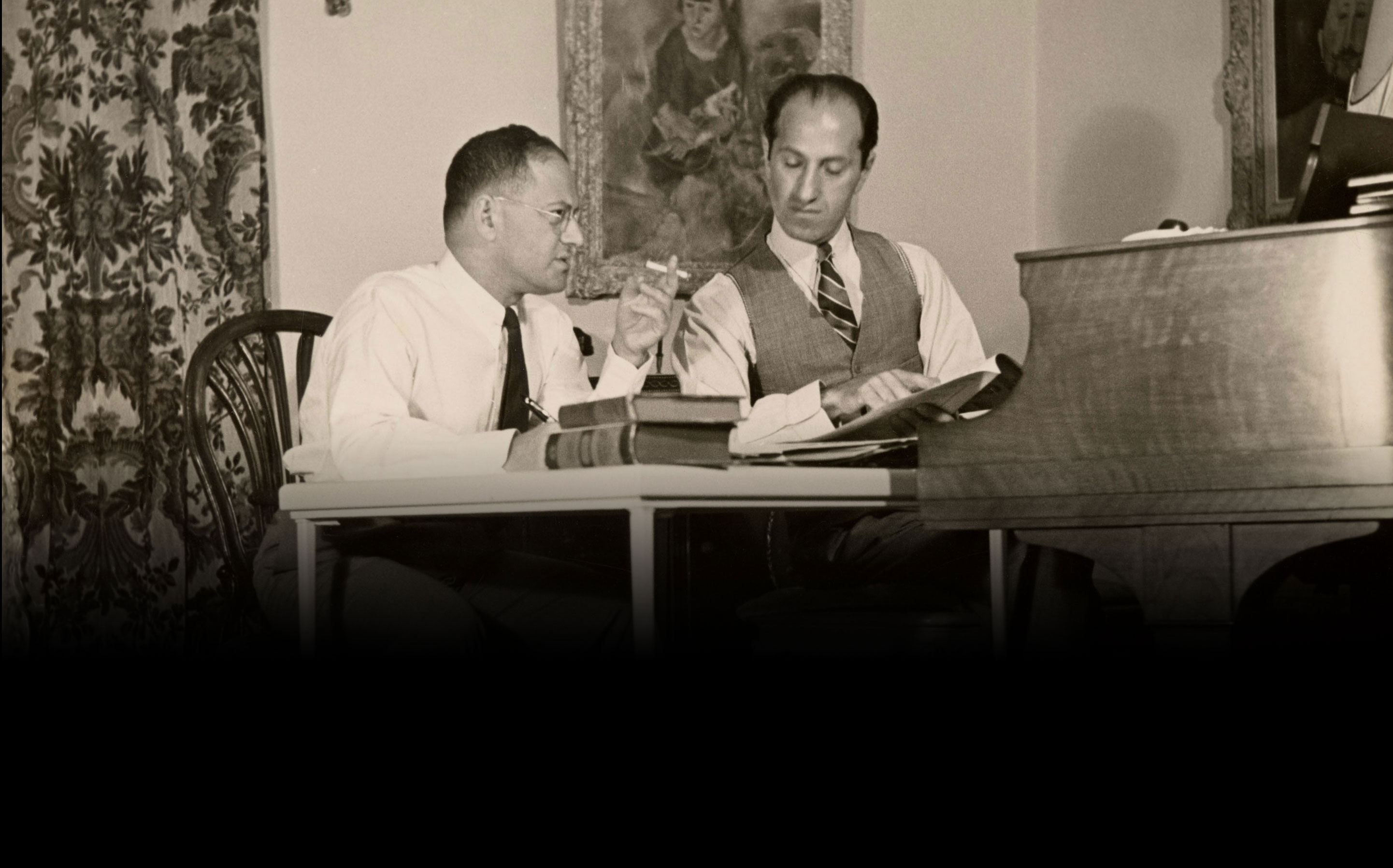So, What’s in a Signature?
Long since I was but a young boy, my older brother (and best friend) once insisted on the motto: “There is no substitute for excellence!” I think about that each and every time I put my marque on a keyboard action. (Thanks, Frank!)
There was a time when a man’s word was his reputation. Even greater significance was put on his signature, or “marker”, as it was also known. In piano building and restoration, the pride of one’s own signature on a keyframe, or a cheek block, is accompanied with the satisfaction of knowing that one has put one’s all into the job. Willingness to sign one’s work focuses attention on the quality of that work.
Steinway pianos ruled supreme in the public imagination in 1933 when the Gershwin Model A was built. In fact, the name entered the common vernacular as an expression of the highest achievement in engineering and durability of a given product. It became a benchmark against which a product might be measured: e.g., the “Steinway” of washing machines, or the “Steinway” of automobiles. When commenting about the lack of quality in a widget, one might even be tempted to say, “Well, it’s not a Steinway!”
The craftsmen at the Steinway factory in the early 20th century knew the value of a signature, and it was their own signatures that they signed on the work they performed. Sometimes signatures can be found in the oddest of places, not readily found. Some are found routinely in likely places, like the underside of a soundboard, or on the last key of the keyboard, or the key slip.
The Atlantic Monthly once published an article that chronicled the year long effort to build a Steinway Model D nine-foot piano. They interviewed one of the craftsmen in the restoration center about the work he did at the time. He related to them an incident that carried the weight of deep emotions for him, as he disassembled a piano in the factory one day: the discovery of his deceased father’s signature on a part of the action. Unprepared for the discovery, he burst into tears when he found his father’s personal script. It was as if his father had reached out beyond the decades since that piano was built, to touch and remind his son, working in the same factory, of his lasting presence in his son’s life and of the excellence and long-lasting durability of his own efforts, fifty years earlier.
The Gershwin piano has it’s share of signatures on the soundboard, the cheek blocks, and other places. It also has some new signatures, in places safe and a little bit hidden. I wonder what the technician of the future will think of the work we have accomplished here…










